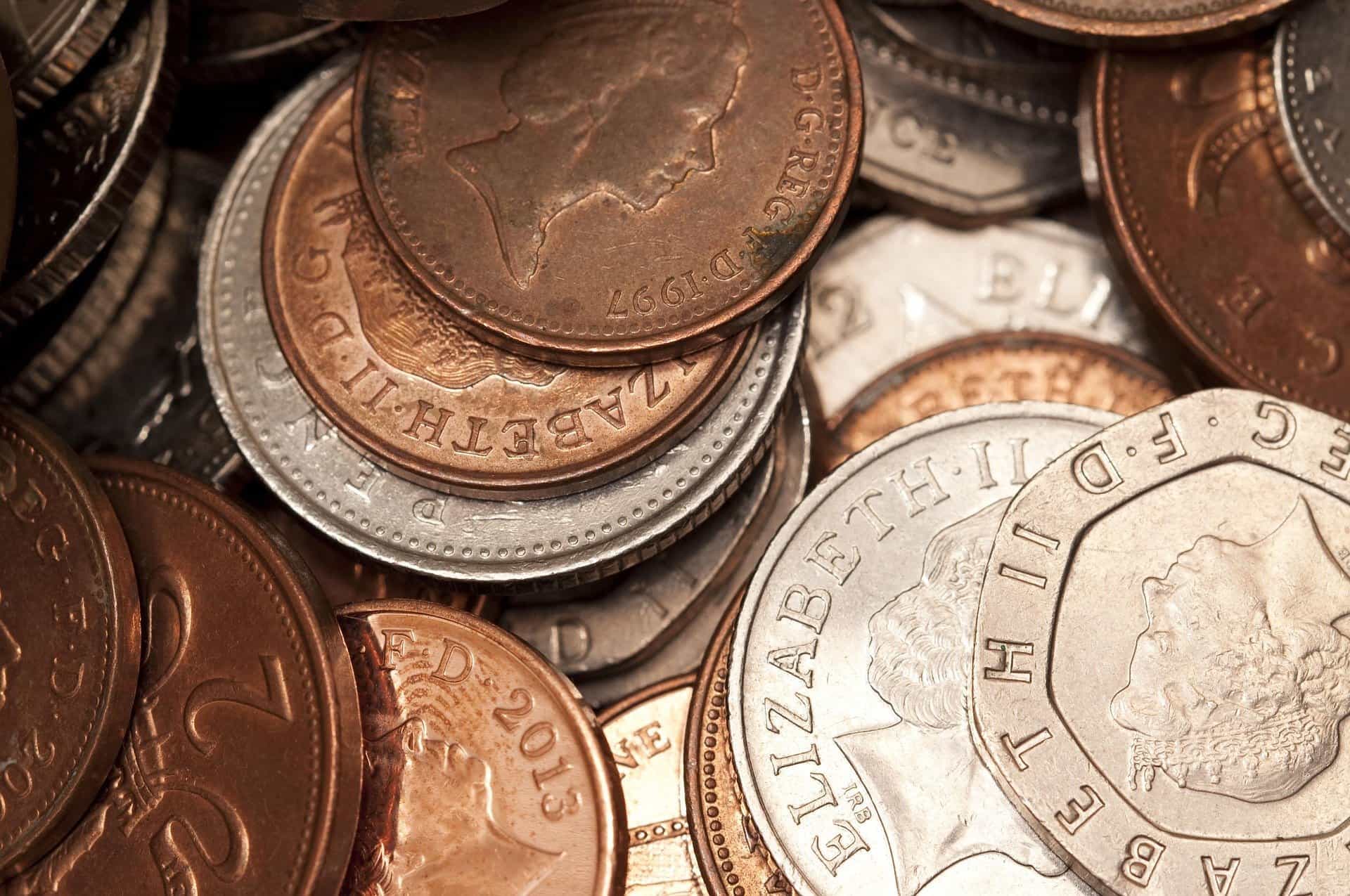
Coin collecting, as a hobby, can take many forms. From collecting a few coins in a jar that you store at the back of a cupboard or in the attic, to keeping your coins in transparent sleeves in a folder to keep them in good condition and make viewing them easier. You may even have collections of coins that you keep in their original presentation cases, that you have never opened.
But what makes a coin collectable? Here, we take a look at four things that collectors think about when obtaining new additions to their collections.
Mintage
When coins are struck, the volume that they are struck in is known as the mintage. Smaller denominations of coins tend to carry a higher mintage. Whether a coin is struck in Proof, brilliant Uncirculated or Bullion quality, as we previously spoke about in our blog HERE, can also play a part in how many coins are minted. The lower the mintage, the more difficult the coin is to source and therefore, it becomes more collectable. One such coin is the 2018 Sapphire Coronation Jubilee Gold £20 Sovereign, which you can view HERE. There are just 99 of these coins in the entire world, an extremely low mintage indeed.
Condition
As we stated in our introduction, there are many ways for collectors to store their coins, but it stands to reason that the older a coin is, the more it can corrode or get scuffed over time. The better a condition coins are kept in, the more collectable they will be to other people should they ever decide to part with them. To keep them in optimal condition it is important to keep the coins separate so that they do not rub against each other, and also, not to handle coins with bare hands, as the oils in our skin can corrode coins. Every coin or sovereign that we sell comes in a presentation case or box and, even more importantly, a protective capsule. We always stress the importance to our clients of not removing the coin from this capsule, to ensure that it stays in absolutely mint condition. This is especially important if you are, at any point, thinking of selling on your collection or passing them down through family.
Year of Release
The year a coin is released can make it collectable for different reasons. Someone may decide to own a coin because it was released in the year of their birth and that makes it collectable to them. A coin may be released for a commemorative event such as a birthday, anniversary or jubilee, which will make that particular year date also collectable. It has also happened throughout history that certain coins have been minted for just a short period of time. For example, if a coin is released with a certain design and proves unpopular after release, it will be replaced with another design. Ironically because these coins were initially unfavourable back then, it could actually make them more collectable now.
First’s, Last’s, and Only’s
Another factor to consider when thinking about if a coin is collectable or not, is the importance of a coin being the first of its kind, the last of its kind or the only one of its kind. Again, the year can tie in with this; as in the year 1957. Her Majesty Queen Elizabeth II ascended to the throne in 1953 but due to austerity following World War Two, her first sovereign wasn’t minted until 1957, which you can view HERE. This coin fits very nicely into both the “First’s” and “Last’s” category, as it was the first, and indeed the last time, that a sovereign of Queen Elizabeth II shows her not wearing a diadem or crown. For an “Only”, an excellent example would be The Queen Elizabeth II 2017 Proof Gold Quarter Sovereign; the only time that particular design, celebrating the 200th anniversary of the modern sovereign, was done in proof quality and only struck in that one year. You can view it HERE.
Coin collecting is a wonderful journey through history and hopefully, no matter what your reason for collecting or what you intend to do with your coins, we have helped here to make that journey a more memorable one for you.


